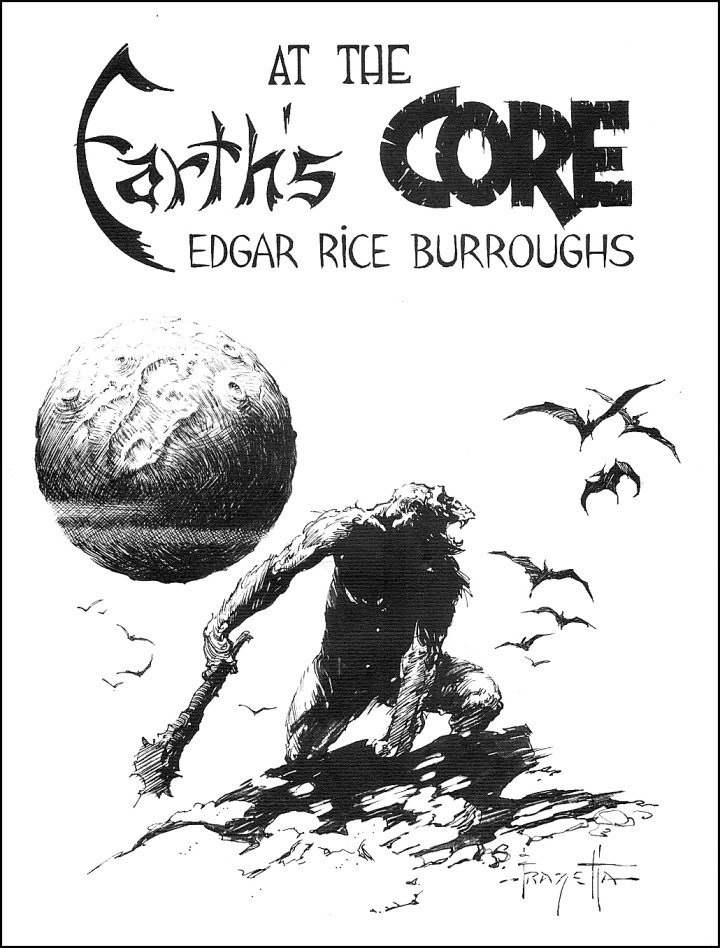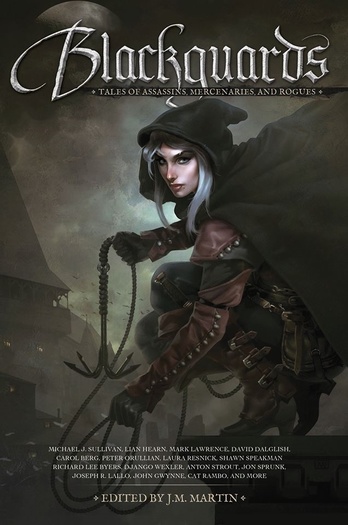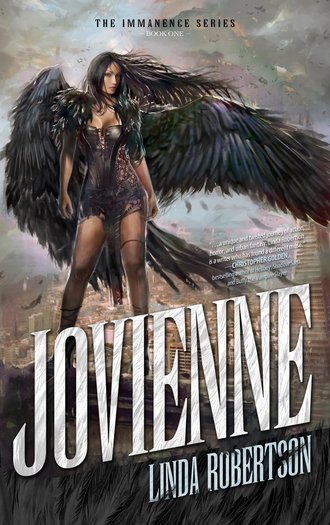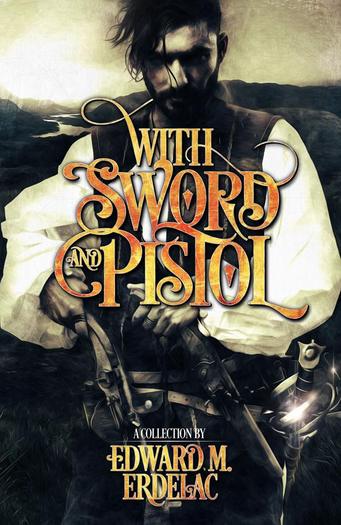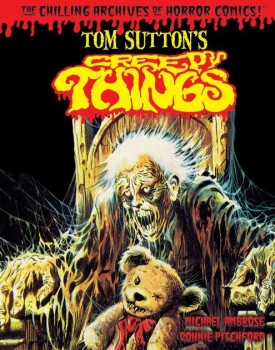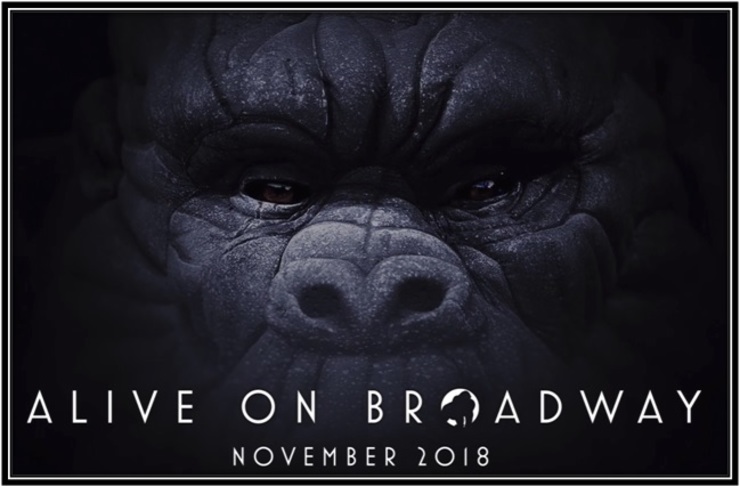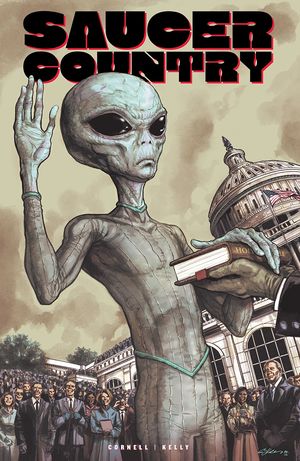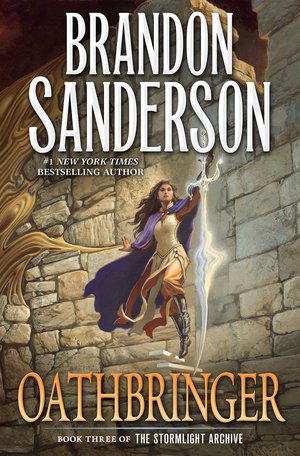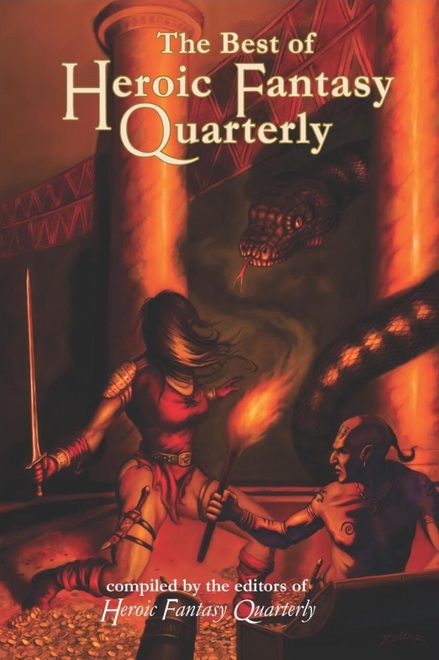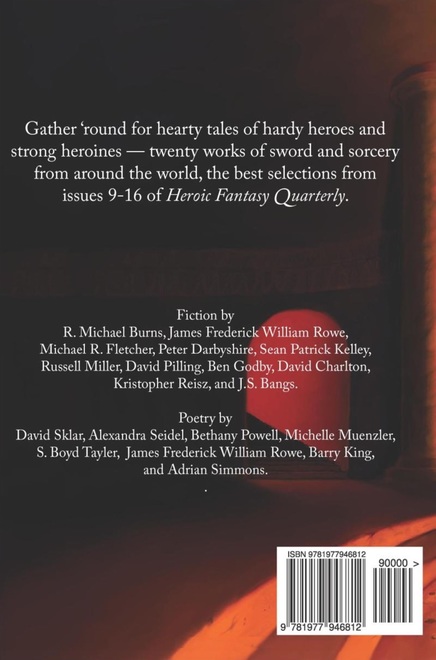The November Fantasy Magazine Rack
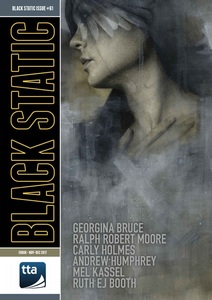 |
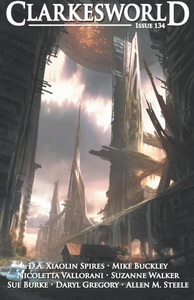 |
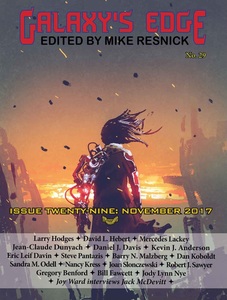 |
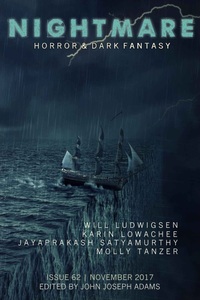 |
 |
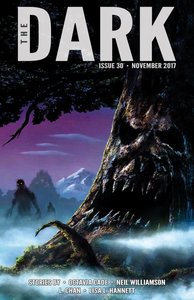 |
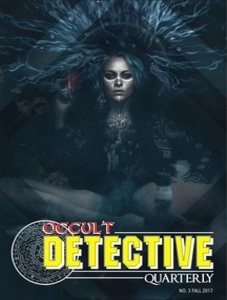 |
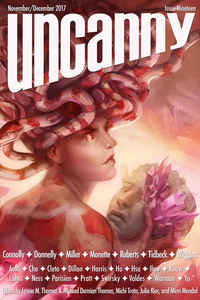 |
A fine crop of magazines this month, with original fiction by Nancy Kress, Brian M. Sammons, Barry N. Malzberg, Mercedes Lackey, Tina Connelly, Karin Tideck, Sue Burke, and many others. Here’s the complete list of magazines that won my attention in early November (links will bring you to magazine websites).
Black Static — fiction by Ruth EJ Booth, Ralph Robert Moore, Mel Kassel, Carly Holmes, Andrew Humphrey, and Georgina Bruce. Cover by Tara Bush
Clarkesworld — new fiction by D.A. Xiaolin Spires, Sue Burke, Mike Buckley, Suzanne Walker, and Nicoletta Vallorani, plus two reprints
Galaxy’s Edge — issue #29 has an original fiction from Nancy Kress, Sandra M. Odell, Barry N. Malzberg, Kevin J. Anderson, Mercedes Lackey, Larry Hodges, and many others
Nightmare — original fiction from Will Ludwigsen and Karin Lowachee, along with reprints by Molly Tanzer and Jayaprakash Satyamurthy
Interzone — fresh fiction from Laura Mauro, Rachael Cupp, Dan Grace, Erica L. Satifka, R. Boyczuk, and 2017 James White Award Winner Stewart Horn
The Dark — new fiction from Octavia Cade and L Chan, and reprints from Neil Williamson and Lisa L. Hannett
Occult Detective Quarterly — issue #3 has new fiction by William Meikle. Brian M. Sammons, S.L. Edwards, Aaron Smith, and many others — plus plenty of reviews. and “Robert E. Howard’s Weird Detectives” by Bobby Derie
Uncanny — all new fiction from Karin Tidbeck, Sarah Monette, Tina Connelly, and others, plus reprints by Zen Cho and Rachel Swirsky
Click any of the thumbnail images above for bigger images. Our late October Fantasy Magazine Rack is here.

